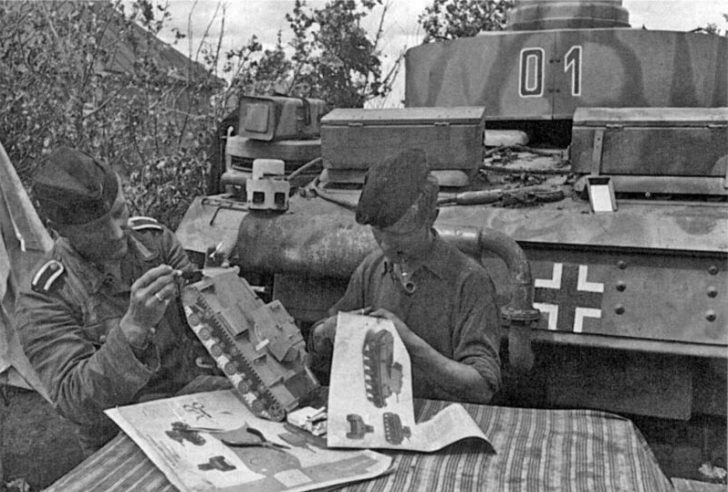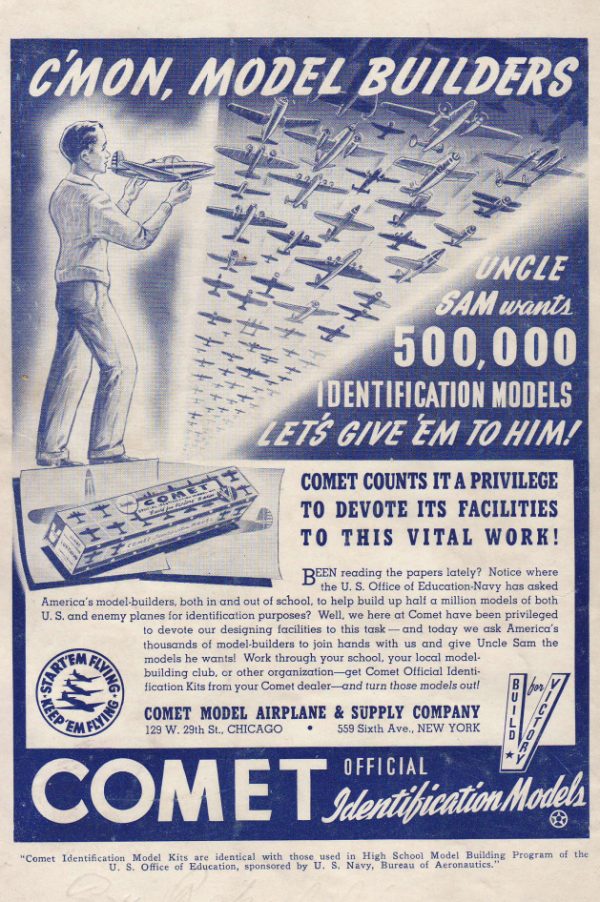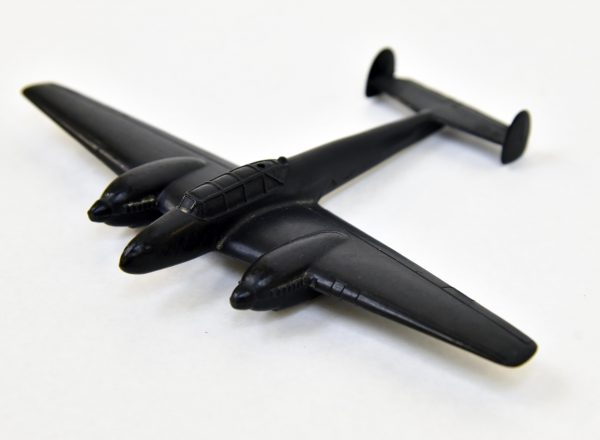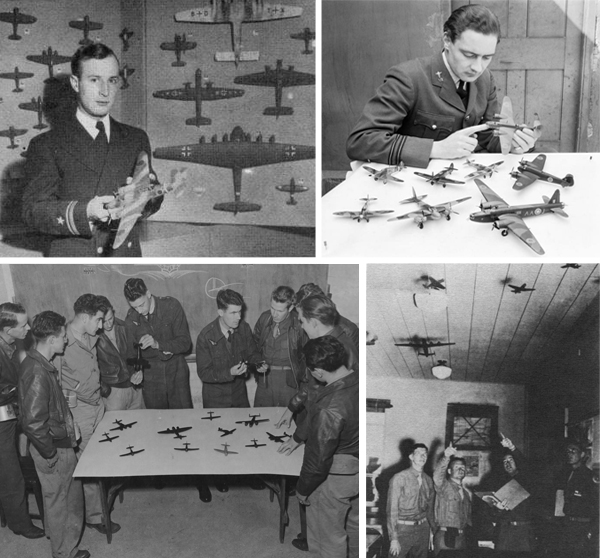Air & Space Quarterly
Some Assembly Required
Posted on Jun 21, 2022
By: Preston Lerner
...
...
Aviation enthusiasts are scouring the country for the vintage airplane kits of their youth.
Nowadays, scale-model airplane kits are so meticulously detailed and cosmetically accurate you half expect to see them start a takeoff roll and launch themselves into the air. And while manufacturers have always offered kits for the most popular airplanes—think Supermarine Spitfire—they’re now selling kits for aircraft as obscure as the Boulton Paul Defiant.
But with this revolution in quality and choice has come an unintended consequence—a backlash from modelers who are overwhelmed by the new kits. “I’ve actually had an adverse reaction to these fantastic new models that have hundreds of pieces—or even a thousand pieces,” says Alan Bussie, who not only builds vintage models but also sells them. “Now I tend to go back and build kits from the ’50s. They have, like, 20 pieces, as opposed to 120 or 160 or something like that. I tend to pick only simple projects that I can actually get done. Otherwise, they’re going to languish on the workbench forever.”
Paradoxically, even though the 2020s are the best of times for airplane models, the 1950s and ’60s are still considered the hobby’s Golden Age. This was the era when plastic model kits flooded into the mainstream. Enticed by cheap prices, easy-to-follow instructions, and wildly dramatic—if fanciful—box art, an entire generation of American kids without access to video games and the Internet grew up assembling small vintage aircraft in their basements and garages.
“In the early ’60s,
Boys’ Life did a survey of Boy Scouts,” says Jeff Garrity as he strolls down a corridor between shelves stacked with model boxes. “What do you like to do for fun? Ninety-nine percent of them built model kits. Ninety-nine percent! Everybody our age built models. What other business has that kind of coverage?”
...
Now 65, sporting the white goatee and flowing hair of an ex-rock-and-roll guitarist, Garrity fondly remembers staying up all night with friends, gluing together models two at a time, working on one while the other dried. Today, he runs Rare-Plane Detective (
rare-planedetective.com) out of a discreet storefront in an industrial park near Palm Springs, California. “We’re not actually a store,” he says. “We’re a warehouse you can shop at.”

Jeff Garrity, the proprietor of Rare-Plane Detective near Palm Springs, California, is one of a handful of dealers around the country who sell vintage plastic model kits—some of which have soared dramatically in value.
(© Jessica Sterling Photography)
Garrity is one of a handful of dealers around the country who sell vintage plastic model kits that are, in some cases, older than they are. Bussie, 58, a pilot and former aeronautical engineer, is the president of
Oldmodelkits.com, a website listing page after page of classic models as well as a blog with invaluable histories of the hobby. A third dealer is Jim Pentifallo, who sells old kits through
Mustang-Hobbies.com and more traditional fare at his shop in New Jersey—Ridgefield Hobby—across the Hudson River from New York City.
...
But it was the technological ferment inspired by World War II that served as the foundation of what would eventually mature into a multimillion-dollar industry. The necessary breakthrough was the mastery of injection molding, which allowed for the mass production of hard plastic parts. In postwar America, plastic models could be found on hobby store shelves bearing company names like Varney, Hawk, Renewal, and Lindberg. But modeling enthusiasts of the day were unimpressed by the early plastic kits because they were so crude, especially compared to the more traditional balsa wood models valued for their quality and authenticity.
The plastic kits might have continued languishing on the top shelves of hobby shops, unwanted and unsold, if not for a handful of visionaries who had an epiphany: marketing the plastic kits as toys would extend their appeal far beyond the tiny universe of aeromodeling geeks.
There seemed to be an endless appetite for plastic model kits during the ’50s and ’60s: cars, ships, tanks, rockets, satellites…even TV characters and movie monsters. “We had a sealed Bride of Frankenstein that went for, like, $1,200,” says Garrity. Airplanes, however, dominated the hobby, especially fighters and bombers. Over the years, the P-51 Mustang alone has inspired nearly 800 different kits. And plastic model kits were sold not just in hobby shops and toy stores but also in department stores, drugstores, and even gas stations.
Before long, three manufacturing giants emerged. “The best, in my opinion, was Monogram,” says Dick Montgomery, 76, past president of the International Plastic Modelers’ Society/USA. “Their fit was good. The molding was sharp. The instructions were clear. And for the most part, the models were fairly accurate. Revell was next on my list, but that was mostly for spacecraft. Aurora was the minimalist. Still, when you look at their old vintage pieces today, they’re well done. It’s just that there’s not as much detail as Revell would put on a model and nowhere near as much as Monogram.”
...
Aviation enthusiasts are scouring the country for the vintage airplane kits of their youth.

airandspace.si.edu
~~~~~~~~~~~~~~~

airandspace.si.edu






